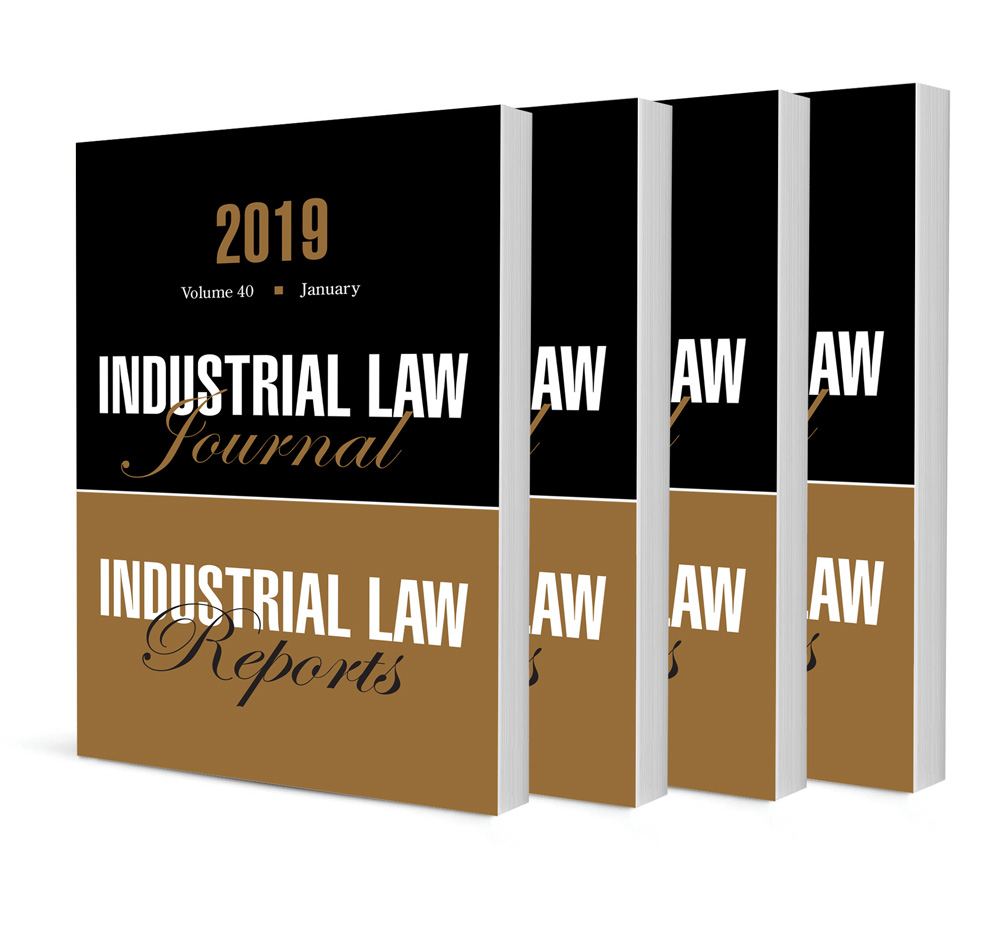Note: The Impact of the Fourth Industrial Revolution on Workplace Law and Employment in South Africa

Note: The Impact of the Fourth Industrial Revolution on Workplace Law and Employment in South Africa
Authors Lindani Nxumalo & Carol Nxumalo
ISSN: 2413-9874
Affiliations: Attorney; Honorary Research Fellow, School of Law, University of KwaZulu-Natal; PhD (UKZN); PhD Candidate (UKZN); B Admin (UKZN), B Com Hons (UNISA), M Com (UKZN)
Source: Industrial Law Journal, Volume 42 Issue 1, 2021, p. 16 – 25
Abstract
The rapid technological changes engendered by the fourth industrial revolution necessitate the need for workplaces to re-examine current strategies to ensure that they benefit from the opportunities presented by advanced technology while minimising any risk associated with it. It further requires legislative reform to prepare for technological changes that are associated with the fourth industrial revolution in the workplace. This note explores how technology should be integrated into the world of work but with sound labour relations being maintained. Additionally, it calls for employment law reform consistent with technological advancement and the values of the Constitution.